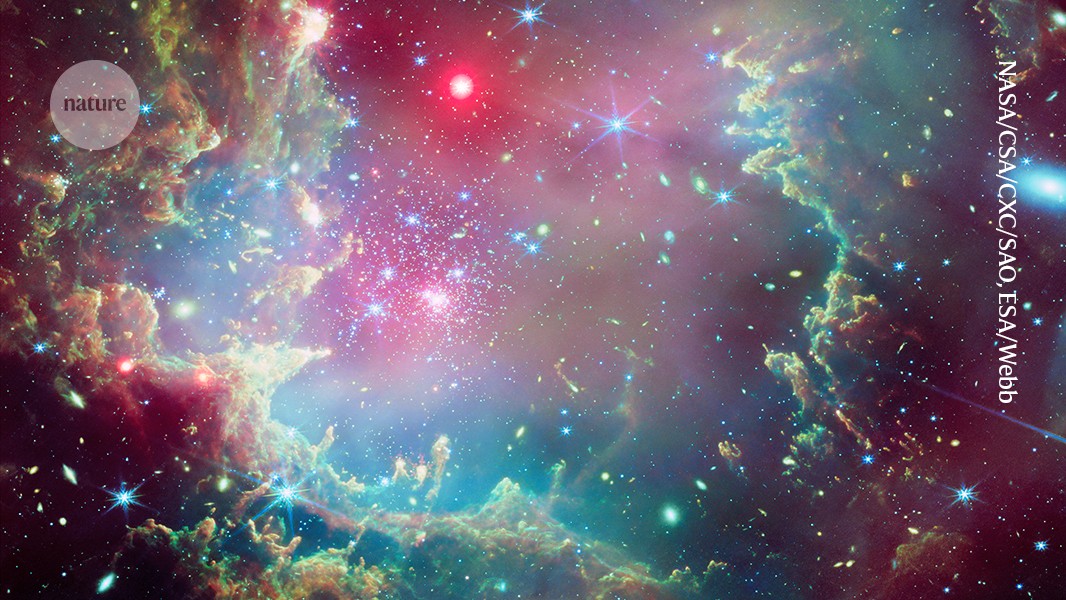
"Discordance fits into the class of conventional popular cosmology, in so far that it is an account of how our present understanding of the Universe has emerged. But it is also, with some exceptions, more historically correct than other similar books. Baggott's book is a masterpiece that combines depth with clarity and comprehensiveness with readability. It presents modern cosmology as an unfinished business, rather than as the final conclusion on what the Universe is all about."
"Modern cosmology is challenging to understand and Baggott ambitiously introduces his readers to the technical terms cosmologists use to think about the Universe. For example, he explains in detail how patterns in the cosmic microwave background tell us about the behaviour of matter and radiation in the hot early Universe. And he reveals why cosmologists are so interested in 'type Ia supernovae' - the rare explosions of dying stars that function as markers of cosmic distances and help to trace how the Universe expands."
History of cosmology is traced from early twentieth-century ideas to present models, showing how observations and theory shaped understanding. Technical concepts are introduced, including how cosmic microwave background anisotropies reveal the behaviour of matter and radiation in the hot early Universe. Type Ia supernovae are explained as rare stellar explosions that serve as distance markers to map cosmic expansion. Contemporary measurements of the Hubble constant disagree, producing a significant tension between methods. Current cosmological models therefore remain incomplete and open to revision as observational precision and theoretical interpretation improve.
Read at Nature
Unable to calculate read time
Collection
[
|
...
]